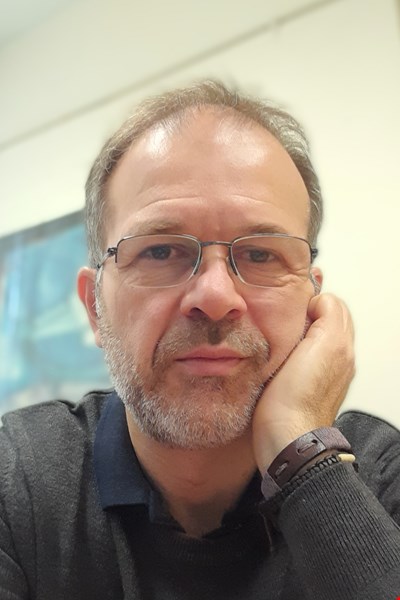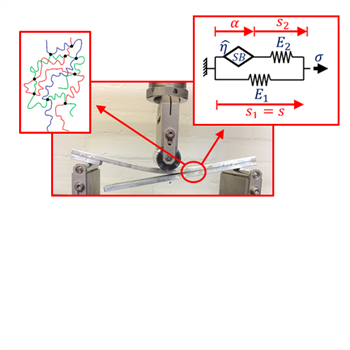
Dr Giulio Alfano
Reader
Howell Building 108
- Email: giulio.alfano@brunel.ac.uk
- Tel: +44 (0)1895 267062
- Mechanical and Aerospace Engineering
- Mechanical and Aerospace Engineering
- College of Engineering, Design and Physical Sciences
Research area(s)
I am interested in modelling the behaviour of materials, solids and structures within and, more often, beyond their elastic limit, combining experimental methods with nonlinear numerical modelling. The latter includes but is not limited to the development of nonlinear finite-element analysis. The applications have been quite wide-ranging and included the study of plasticity in metals, nonlinear behaviour of concrete and reinforced concrete, buckling of metal structures, composite delamination, debonding of adhesive joints, multi-scale analysis of flexible risers among others. On the other hand, the recurrent theme of my work is the application of fundamental principles and methods to study elastic and inelastic behaviour of solids and structures within a rigorous thermodynamic framework, accounting directly or indirectly for their behaviour and their hierarchical architecture at different scales.
One area where I gained a certain recognition is the development of cohesive-zone models, which are a method to study crack formation and growth in solid or along structural interfaces. I started working in this field as a Post-Doctoral Researcher at Imperial College, studying the analysis of delamination of laminated composites under the supervision of late Prof. Mike Crisfield. I started using an existing model, developed by Prof Crisfield and his previous co-workers, which we modified and recast in the framework of damage mechanics. Since then, together with several collaborators I have developed other cohesive models that accounted for elasticity, damage, plasticity, viscoelasticity, viscoplasticity, friction, dilatancy and fatigue.
My more recent interests include revisiting the methods of fracture mechanics applied to the case of ductile materials and nonlinear modelling of geomechanics problems.
Research Interests
Current interests include:
- Damage mechanics, fracture mechanics and cohesive-zone models, accounting for friction, plasticity, visco-elasticity, visco-plasticity and fatigue
- Rate-dependent failure of adhesive joints
- Composite delamination
- Nonlinear geomechanics
- Nonlinear modelling of concrete and reinforced concrete
- Multi-scale analysis of materials and structures
Past interests include:
- Multi-scale numerical analysis of flexible risers
- Plastic buckling of metal structures
- Numerical and experimental analysis of lined pipes
Research grants and projects
Research Projects
Grants
Funder: European Commission
Duration: October 2016 - May 2018
Funder: EPSRC
Duration: October 2013 - September 2016
Research links
Co-author network
- Prof Hamid Bahai
- Dr Rabee Shamass
- Prof Hussam Jouhara
- Prof Xiangming Zhou
- Dr Mihalis Kazilas
- Dr Sadik Omairey
- Visualise network
Similar research interests
- Dr Marianna Ercolino
- Dr Mayo Adetoro
- Mr Ahmad Rashid Abidy
- Professor Xiangming Zhou
- Dr Nenad Djordjevic
Research group(s)
- IMM
